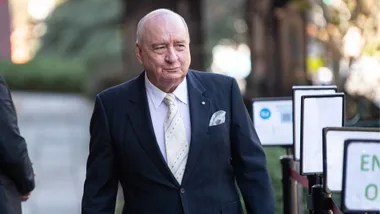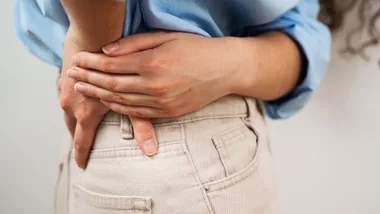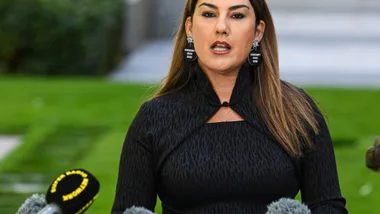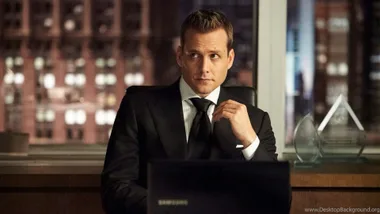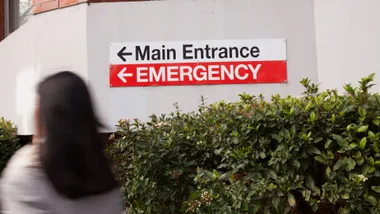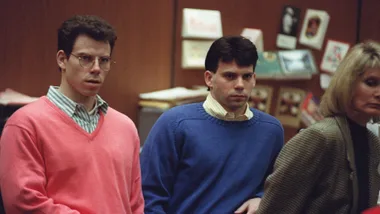It was a glittering night filled with glamorous outfits, A-list guests and champagne usually synonymous with celebrity launch party, but Wednesday night’s L’Oreal-UNESCO Women in Science Awards put some of our most brilliant female scientists in the spotlight they so richly deserve.
The event, hosted by 60 Minutes reporter Sarah Abo in one of the Melbourne’s most iconic heritage building— Sophia in the Prahran Arcade—saw VIP guests spanning the business, beauty, science, government and media worlds cross paths to celebrate the five incredible recipients of a $25,000 grant.
Launched in 1998 to underline the vital importance of women in all facets of scientific research, the program also helps its alumni rise to leadership positions—a scenario desperately needed, given only 28 percent of STEM researchers world-wide are women, with less than 20% sitting in senior leadership roles.
In the 120 years the grant has been handed out, a mere 3% of Scientific Nobel Prizes have gone to women. “We are thrilled to showcase that science is a great career and anything can be done if you set your heart to it,” said Rodrigo Pizarro, CEO of L’Oréal Australia & New Zealand. “We cannot wait to see these exceptional women progress in their research.”
As do we, but in the meantime, here’s an introduction to this year’s five- Australasian honourees and how they’re each changing the future.
IN ADELAIDE: Dr Jiawen Li is designing a medical device to help predict heart attacks.
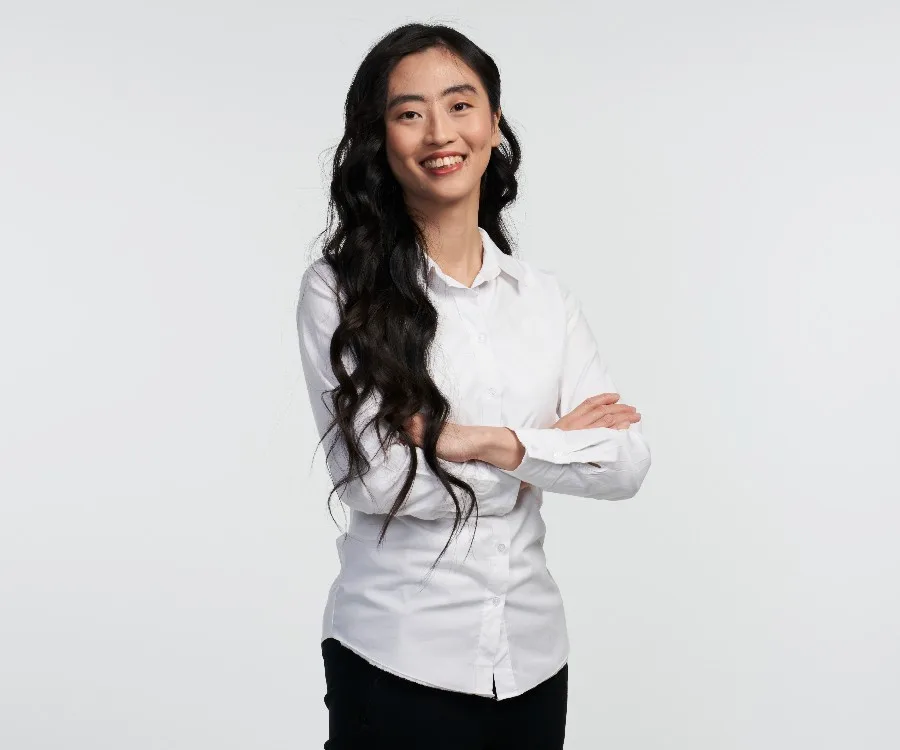
Her ultra-thin cardiac imaging catheter may save the lives of countless patients with heart disease, but for China-born and Adelaide-based Dr Liu, her passion for cardiovascular research was sparked by the personal tragedy of losing her grandfather to a stroke.
Dr Li and her team are working to create the world’s thinnest imaging catheter that will allow cardiologists to better view and treat dangerous fatty build-ups in blood vessels. “I enjoy working at the interface between engineering and medicine,” says Li, who leads the intravascular imaging program at School of Electrical and Electronics Engineering at the University of Adelaide.
IN MELBOURNE: Dr Mahdokht Shaibani wants us to lead the world in earth-friendly battery production.
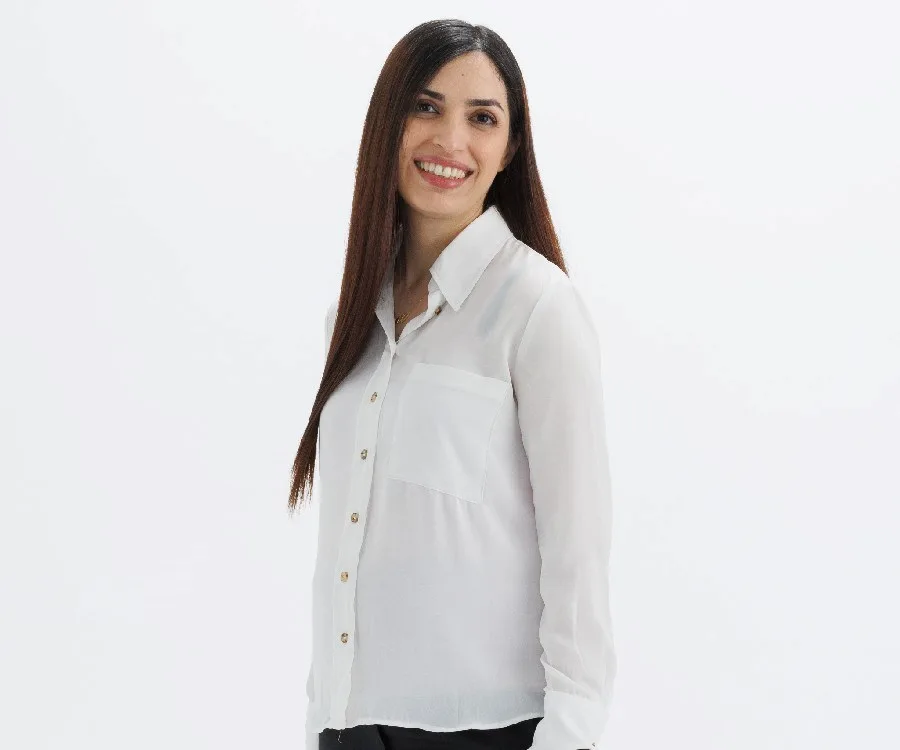
She’s an inventor with four patents to her name, but mechanical engineer Dr Shaibani wants to shake up the lithium battery industry, which is currently monopolised by a handful of countries.
Australia is already rich in the raw materials for lithium metal battery, so Dr Shaibani, who is based at Monash University, plans to use her years of battery prototyping experience to draft a white paper with recommendations for government, policymakers and academics, highlighting the critical importance of Australia owning its battery supply chain.
IN MELBOURNE: Dr Philippa Karoly is creating wearable tech to help epilepsy patients track their illness.

A burning desire to understand the cause of epilepsy inspired Dr Karoly to develop a new wearable tech that tracks the seizure cycles of suffers. “It was surprising to see very clear weekly and monthly rhythms in people’s heart rate that matched up closely to their seizure times,” says Dr Karoly, who is based at the University of Melbourne and SEER Medical.
“This was the first clue that the influence of multiday cycles extended beyond the brain.” Beyond her research, Karoly wants to become a role model for other women in STEM. Karoly is highly motivated by her daughter, Ada, named after Ada Lovelace, a mathematician who wrote the world’s first computer programming algorithm in the mid 1840s.
IN HOBART: Dr Kirsty Nash is learning how climate change affects the micronutrients in our food chains.

Having micronutrient deficiencies doesn’t sound serious, but millions of people die prematurely each year or experience serious illness as a result. Given fish is a key food source for billions around the world, Dr Nash plans to calculate micronutrient flows around coral reefs and predict how nutrients in the fish food chain are impacted by climate change.
“I hope that the outcomes of this research will help society realise that potential and support governments grappling with malnutrition against the backdrop of a changing climate,” says Dr Nash, who’s based at the University of Tasmania.
IN DUNEDIN, NZ: Dr Olivia Harrison is focused on better treatment outcomes for anxiety sufferers.
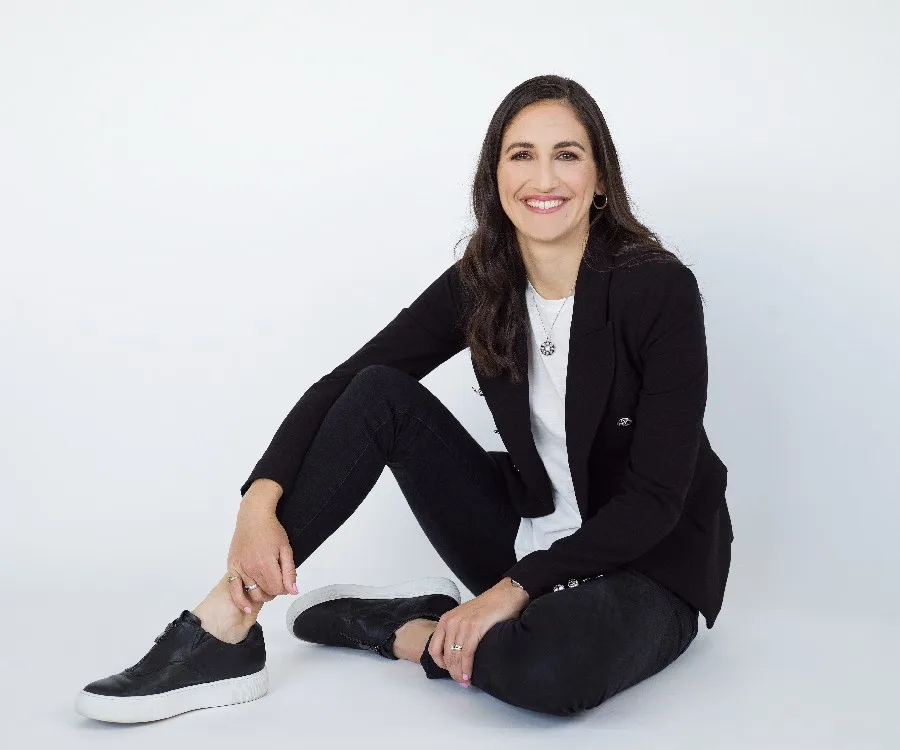
Her own experience with high anxiety has put Dr Harrison in a uniquely informed position when it comes to researching treatments for the condition. In her earlier work, she developed a precise way to test serious anxiety in sufferers, combining breathing with brain imaging.
Now, her focus in on how factors like gender and personality traits relate to different types of anxiety, and how this may influence a person’s response to treatment. “As society continues to evolve and we adapt, we are seeing anxiety at more disabling levels, and our coping strategies and treatments are lagging behind,” says Dr Harrison, who is based at the University of Otago in New Zealand’s South Island.



